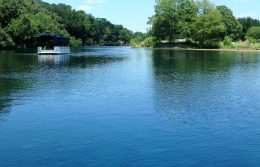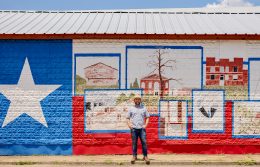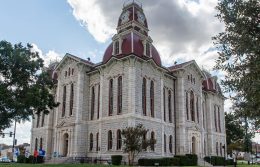City Spotlight: Alpine
Alpine may be one of Texas’ most visited small towns. Located near a confluence of highways and rail lines, it is the unofficial gateway to Big Bend country. Travelers often pass through Alpine while en route to one of the many popular destinations in the area, such as Marfa or Big Bend National Park.
Located in the foothills of the Davis Mountains, Alpine offers outdoor adventure mixed with the unmatched charm of small-town life.
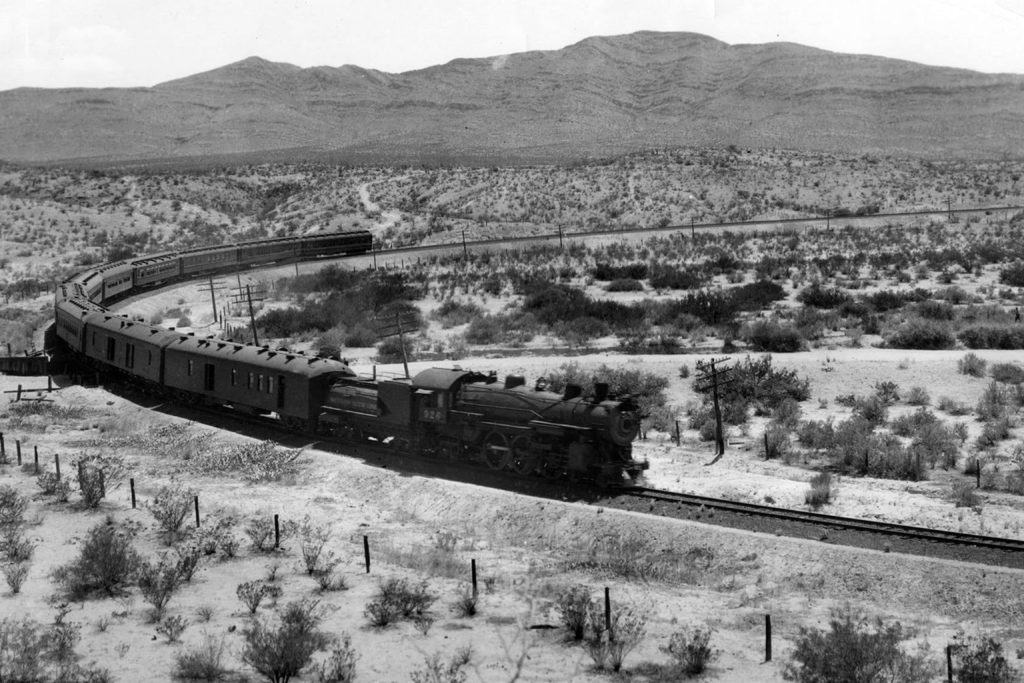
An Oasis in the Chihuahuan Desert
Cattlemen who began moving through South Texas in the late 1870s pitched their tents in a sheltered valley they found there. By 1882, a town began to take shape as the westward expansion of rail brought railroad workers. A spring-fed creek created a desert oasis, and the area became a watering hole for steam engines. The best spot was on land settled by brothers Daniel and Thomas Murphy. By the following year, the area was known as Murphyville, and the Murphys had registered a plat for the town with the Presidio County clerk.
Between the railroad and its location at a crossroads of West Texas cattle trails, the little town gained buzz. By 1888, it held a few dozen houses, three saloons, a hotel and rooming house, a livery stable, a butcher shop, and a drugstore. Residents decided to change their new town’s name to reflect its hilly habitat at the gateway to Big Bend country. On Feb. 3, 1888, the local post office officially rechristened the town Alpine.
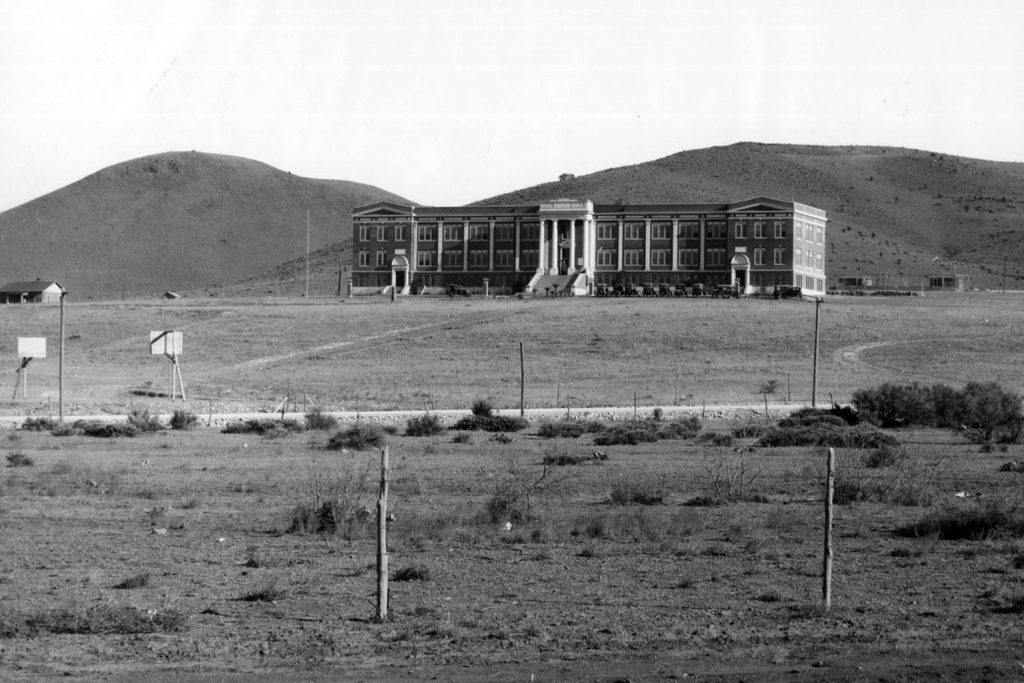
An Educational Mecca
Alpine’s remote location ensured that it would never grow very large. But in 1921, the population surged — in Alpine terms — with the opening of Sul Ross State Normal College, which is now called Sul Ross State University. Originally organized as a teachers college, the university quickly transformed into an important cultural and educational hub. In the 1920s, it opened the Museum of the Big Bend, housing materials, documents, and artifacts related to the history of the region. Later expansions throughout the 20th century would include programs related to the study of the Big Bend region’s geology, history, natural resources, and unique ecology.
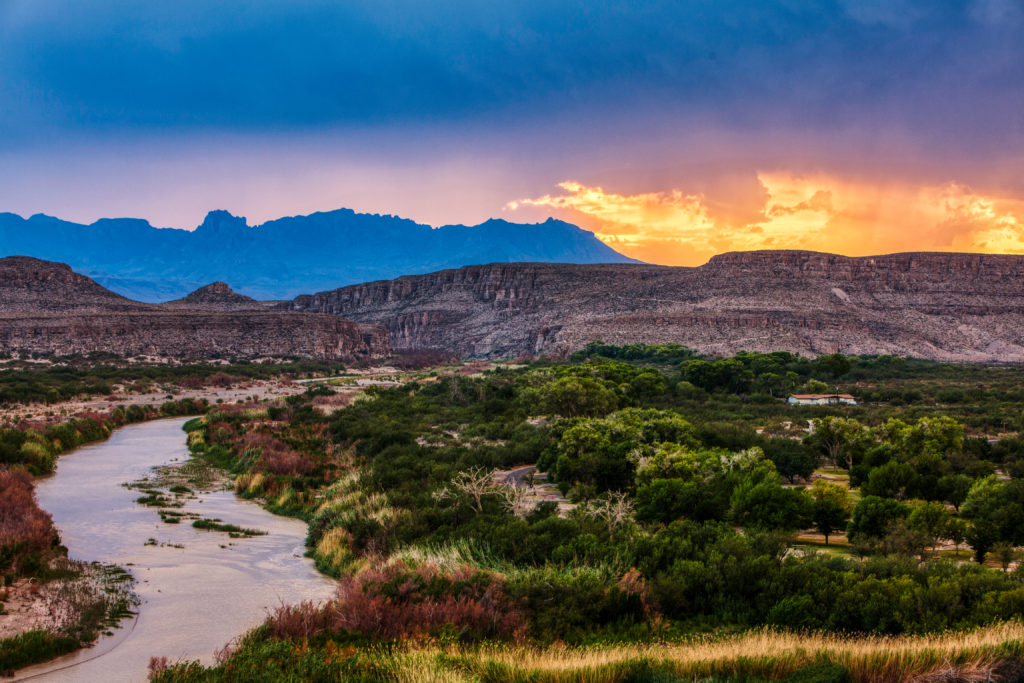
The Big Bend Boom
In the 1940s, the U.S. government established Big Bend National Park, and Alpine suddenly found itself a gateway to one of Texas’ great tourist destinations. As visitors flocked to the area, the city invested in improved access to water, sewerage, and electricity. By the 1960s, many retired people began relocating to Alpine to access the spectacular surrounding landscape. The town has long attracted retirees looking for an affordable, quiet, and safe place to live. The population grew until it leveled out at around 5,400 in the 1980s. Before long, the town’s economy revolved around providing services and provisions for people headed to the park.

Exploring the Heart of Big Bend
Today, thousands of people visit Alpine every year, many of whom are on their way to explore the wilderness. But the town is also astonishingly beautiful in its own right. On clear days, you can see as far as 100 miles across the Davis Mountains and Glass Mountains, which meet at Alpine. The town’s quiet streets, laid-back feel, and western charm feel quintessentially Texan.
If you find yourself in Alpine, here are a few things you can’t miss:
Catch a Sunset (or Sunrise): With exceptional air quality, breathtaking vistas, and little light pollution, Alpine is a stargazer’s (or sun-gazer’s) paradise. Hike up Hancock Hill on the edge of town to take in some of the most beautiful sunrises and sunsets around.
Visit a Field of Dreams: One of Alpine’s best kept secrets is that it’s home to one of the best baseball parks in America. Constructed in the 1940s and modeled after Yankee Stadium, the semipro Alpine Cowboys baseball team plays on a field with all the charm of the storied stadium — only shrunken down to a scale that offers an intimate and unforgettable sports experience.
Explore the Museum of the Big Bend: The museum tells the story of the natural and human history of this fascinating corner of the world — a history that dates to the dinosaurs and stretches through thousands of years of human exploration, settlement, and cultural ferment.
Wander Downtown: With a street layout typical of frontier western towns, Alpine’s picturesque streets feature 19th and 20th century architecture, a stunning courthouse, the old Holland Hotel (built by a local rancher in 1928), and plenty of shops, restaurants, and cafes.
If you’re looking to continue the road trip beyond Alpine, browse more of our Texas travel guides.
© 2021 Texas Farm Bureau Insurance

